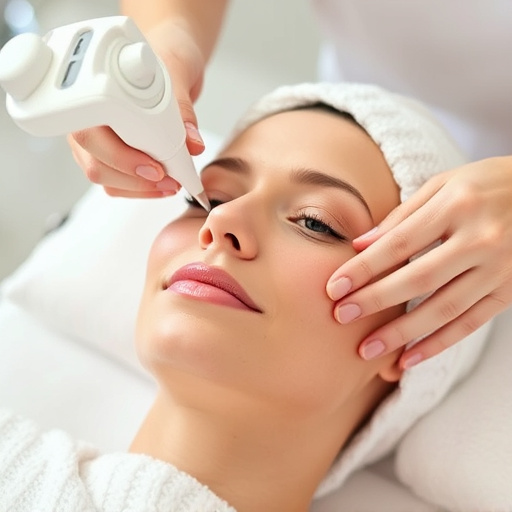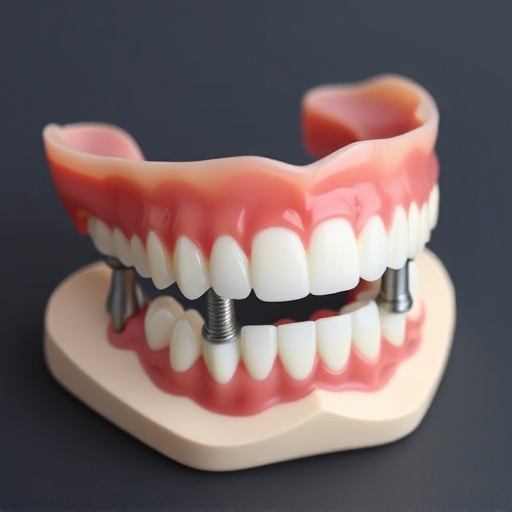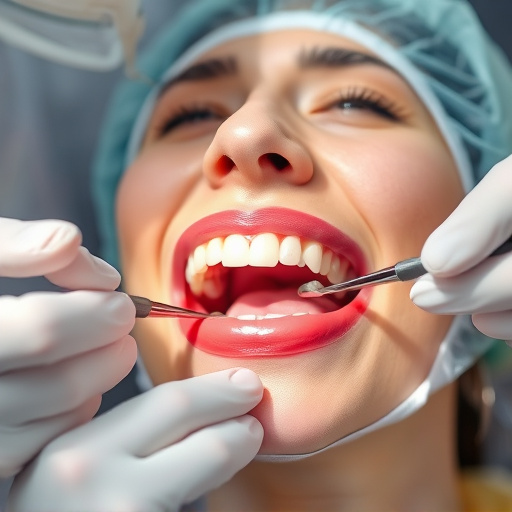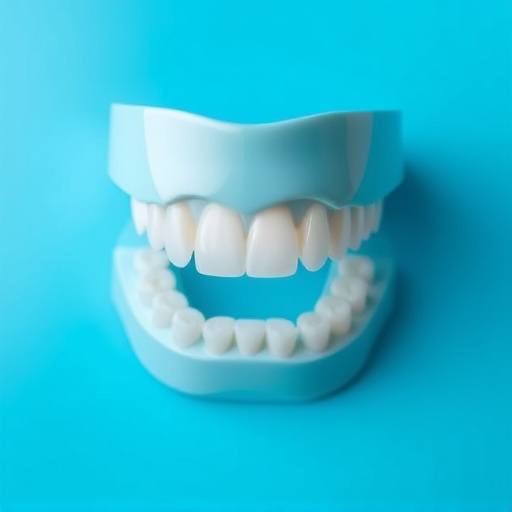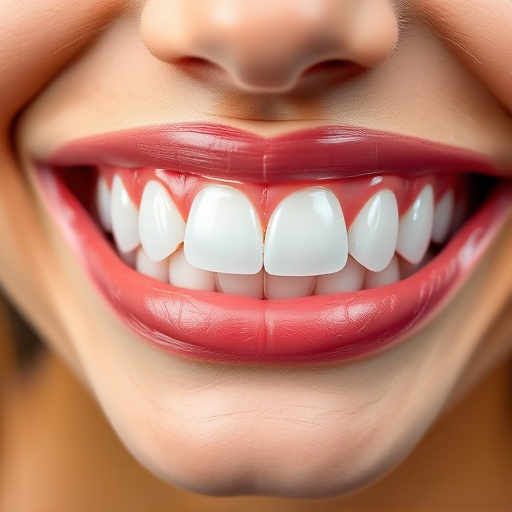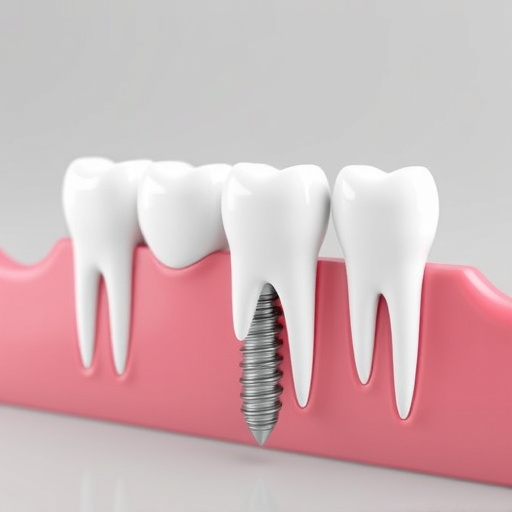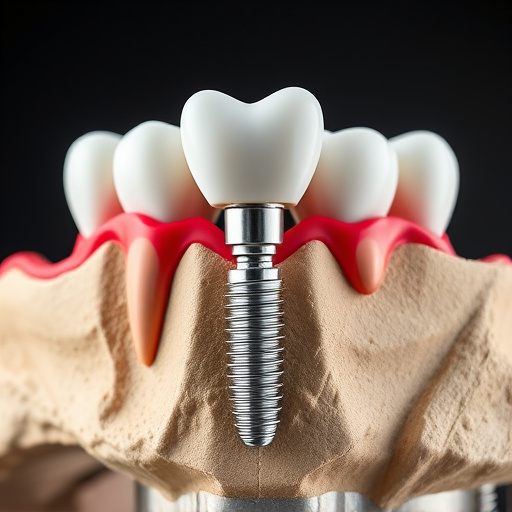Nitrous oxide sedation, or "laughing gas," is a popular method for managing dental anxiety and pain during procedures like wisdom tooth removal and cosmetic dentistry. It promotes relaxation, reduces fear, and enables patients to remain cooperative while experiencing temporary dizziness or nausea upon recovery, requiring rest, hydration, and monitoring by a qualified professional.
“Discover the calming power of nitrous oxide sedation, a gentle yet effective method for managing anxiety during dental and medical procedures. This article explores how nitrous oxide, also known as ‘laughing gas,’ offers a safe and comfortable alternative for patients facing simple or complex treatments. From understanding its benefits to identifying suitable procedures and essential aftercare, we guide you through the process, ensuring a smooth experience.”
- Understanding Nitrous Oxide Sedation Benefits
- Procedures Suitable for Nitrous Oxide Sedation
- Safety and Aftercare Considerations
Understanding Nitrous Oxide Sedation Benefits

Nitrous oxide sedation offers a range of benefits for both simple and complex procedures. It’s a safe and effective method to manage anxiety and pain during dental treatments, allowing patients to feel calmer and more relaxed. For children’s dentistry, nitrous oxide can make what might otherwise be a daunting experience much less scary, encouraging cooperation and good oral health habits from a young age. Moreover, it’s commonly used for procedures like wisdom tooth removal, providing a comfortable alternative to traditional anaesthetics. The gentle nature of nitrous oxide sedation makes it suitable for various cosmetic dentistry treatments, allowing patients to maintain a level of awareness while still enjoying significant pain relief and a reduced sense of anxiety.
Procedures Suitable for Nitrous Oxide Sedation
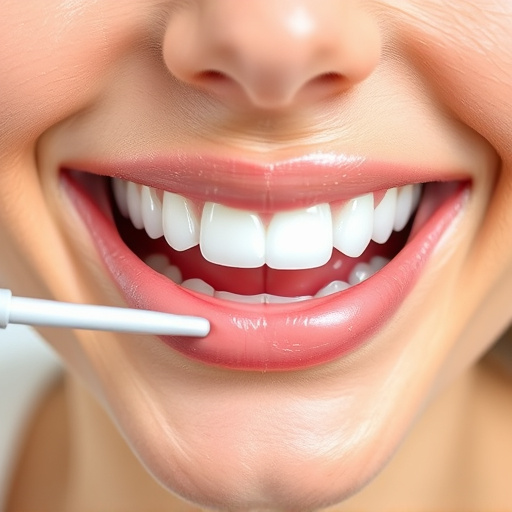
Nitrous oxide sedation is a popular choice for various dental procedures, offering patients a comfortable and calming experience during treatment. This method is particularly suitable for simple to complex tasks in restorative dentistry, ensuring patient comfort and reducing anxiety. From routine check-ups and cleanings to more involved treatments like tooth extractions or emergency dental care, nitrous oxide can be a game-changer in managing patient experience.
Procedures such as fillings, crowns, and even some surgical interventions can benefit from this form of sedation. The gas induces a state of relaxation, often described as feeling similar to being in a cloud or having a buzz, allowing patients to remain calm and cooperative throughout the process. This is especially beneficial for individuals who experience dental phobia or anxiety, making complex procedures more manageable.
Safety and Aftercare Considerations

Nitrous oxide sedation, also known as “laughing gas,” is a safe and effective method for managing anxiety during dental procedures, including children’s dentistry, wisdom tooth removal, and placement of dental implants. The gas is administered through a mask, allowing patients to feel relaxed and comfortable during treatment.
After the procedure, proper aftercare is essential. Patients may experience temporary effects such as dizziness or nausea, so it’s recommended to rest for a few hours and avoid driving or operating machinery. Staying hydrated and eating light foods can help alleviate any post-sedation discomfort. Close monitoring of vital signs by a qualified dental professional ensures the patient’s safety during recovery.
Nitrous oxide sedation offers a safe, effective, and comfortable solution for various procedures, from simple to complex. By understanding its benefits, suitable applications, and proper safety measures, healthcare providers can enhance patient experiences and outcomes. Incorporating nitrous oxide sedation into practice requires adherence to strict guidelines, ensuring optimal administration and aftercare. As demand for gentle sedative options grows, nitrous oxide emerges as a reliable choice, promising improved patient satisfaction and clinical efficacy.


